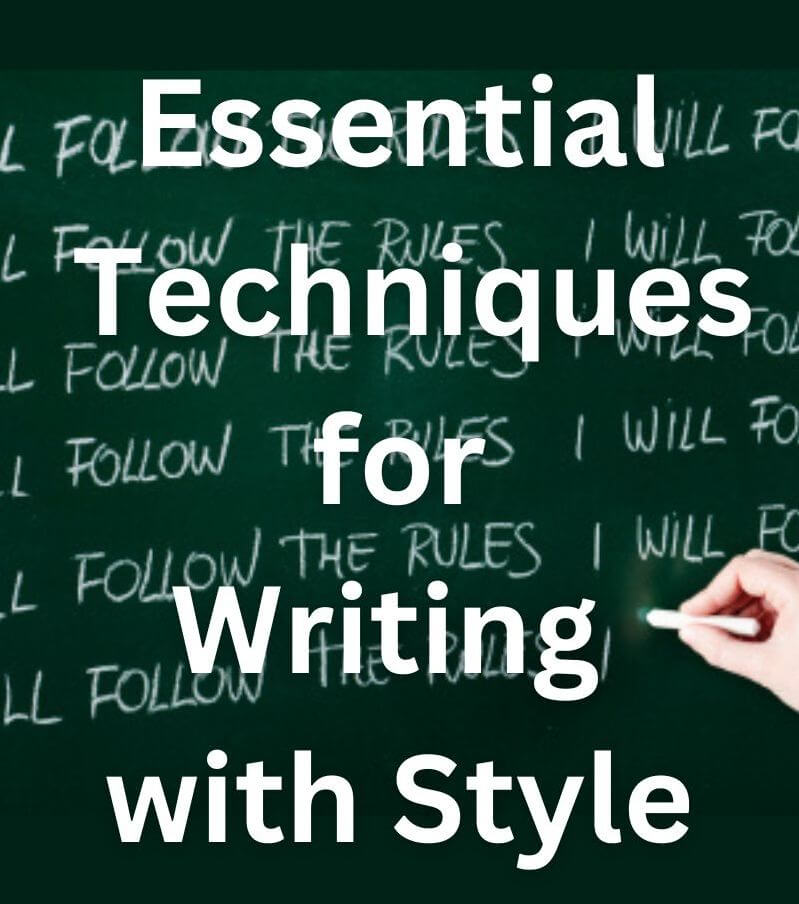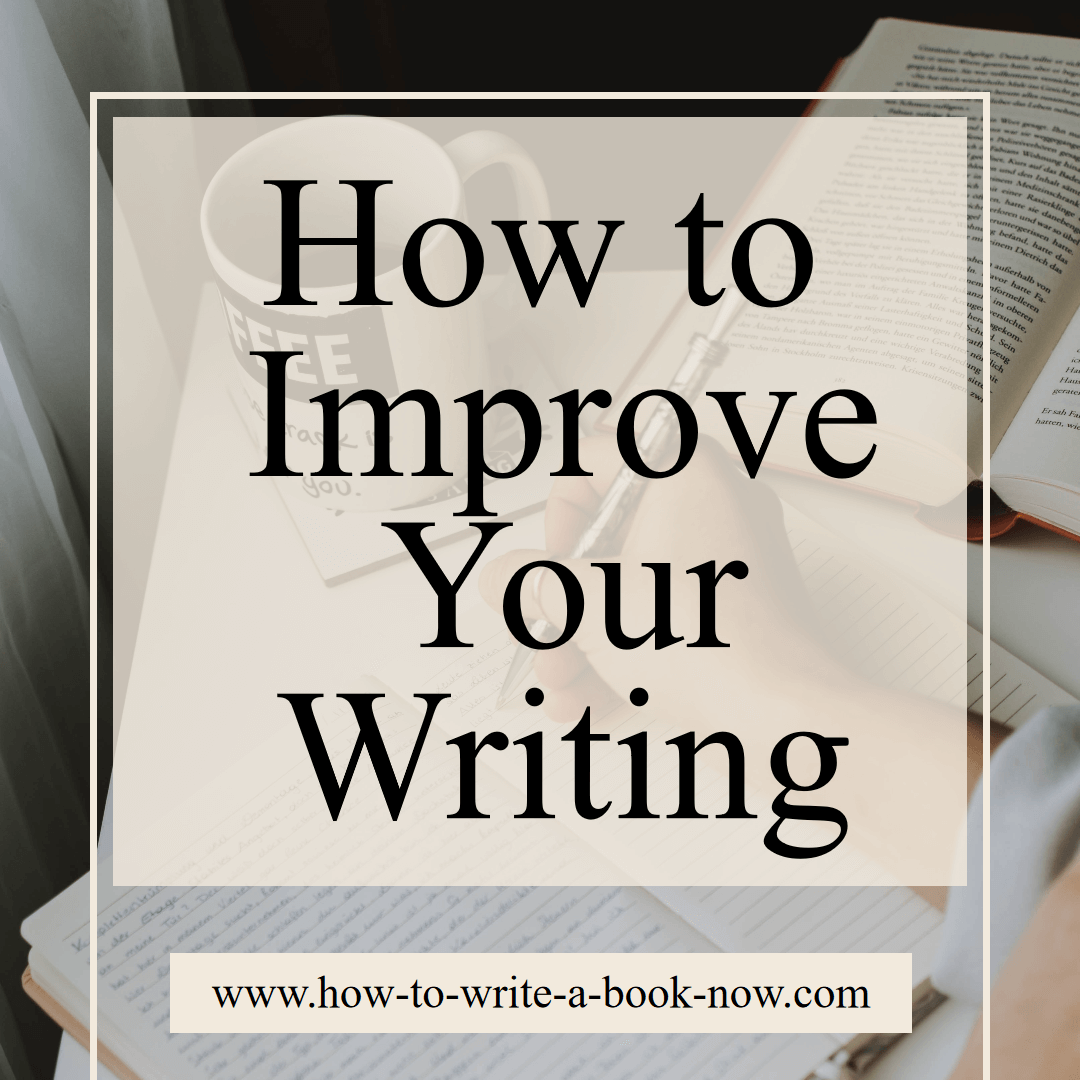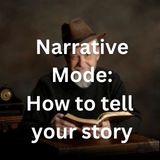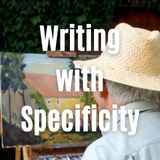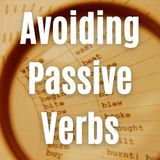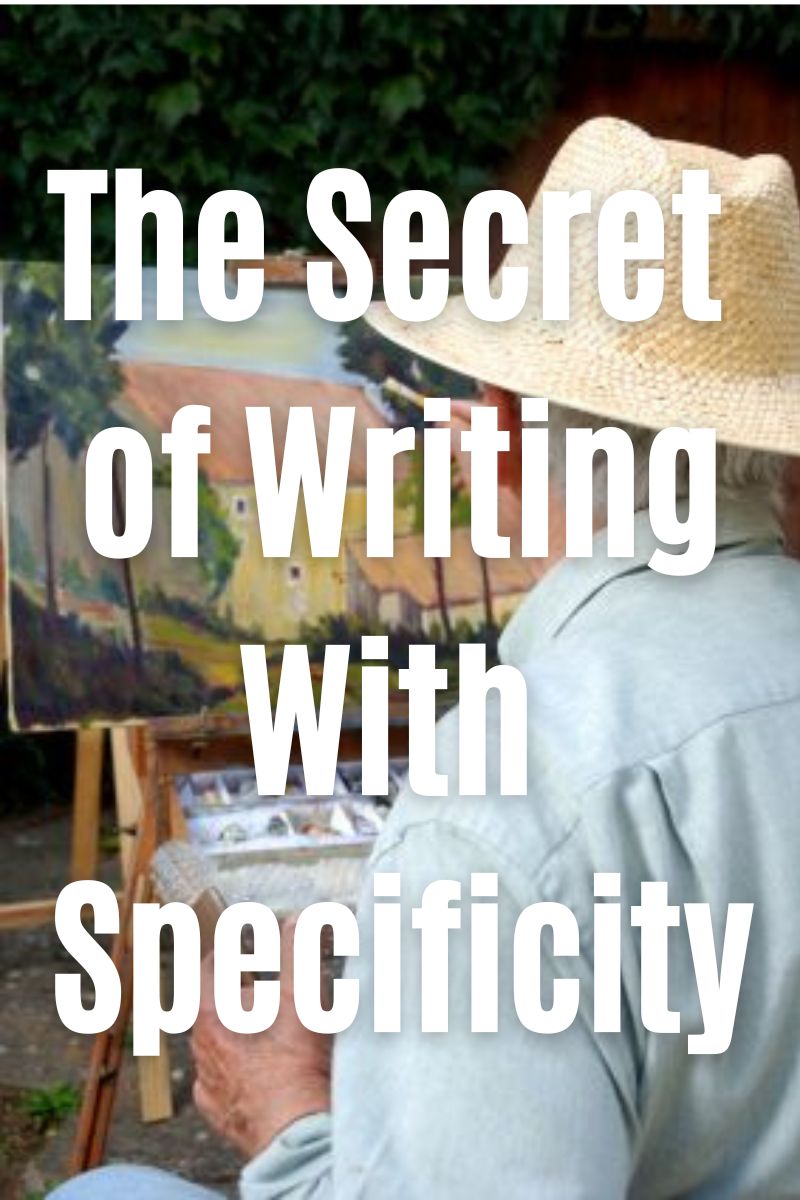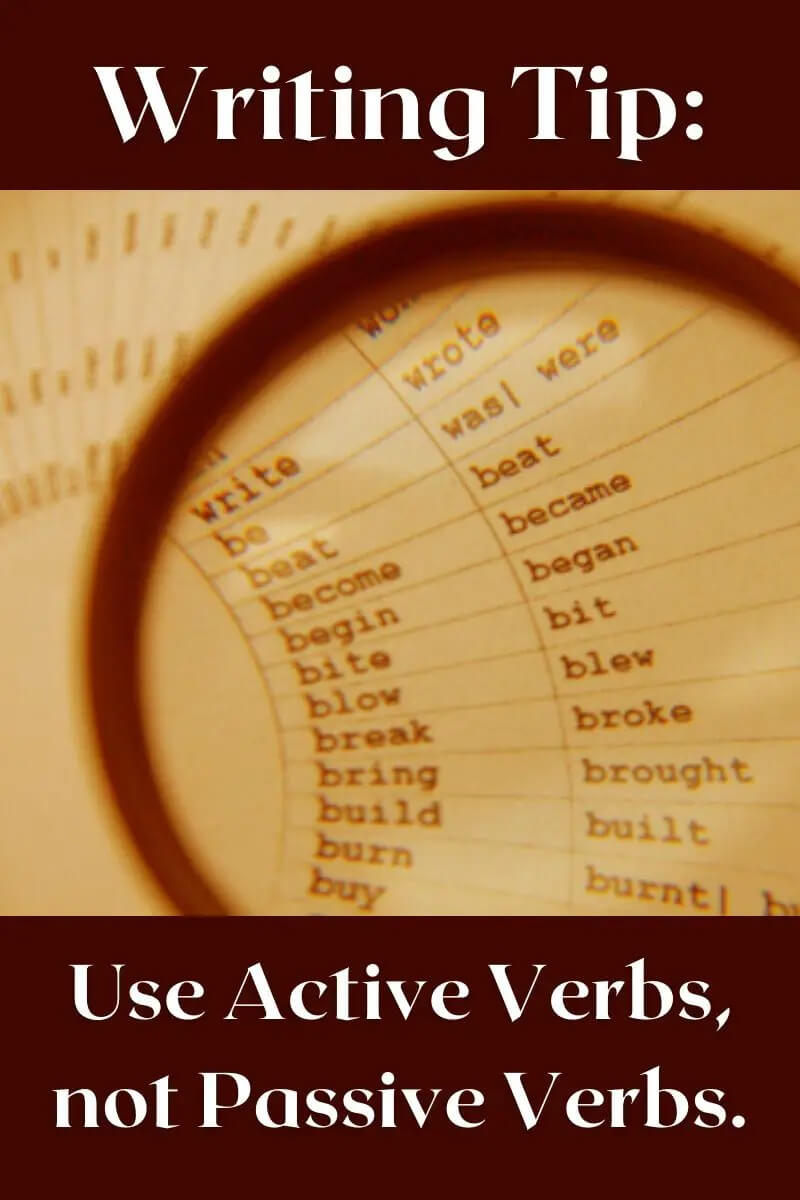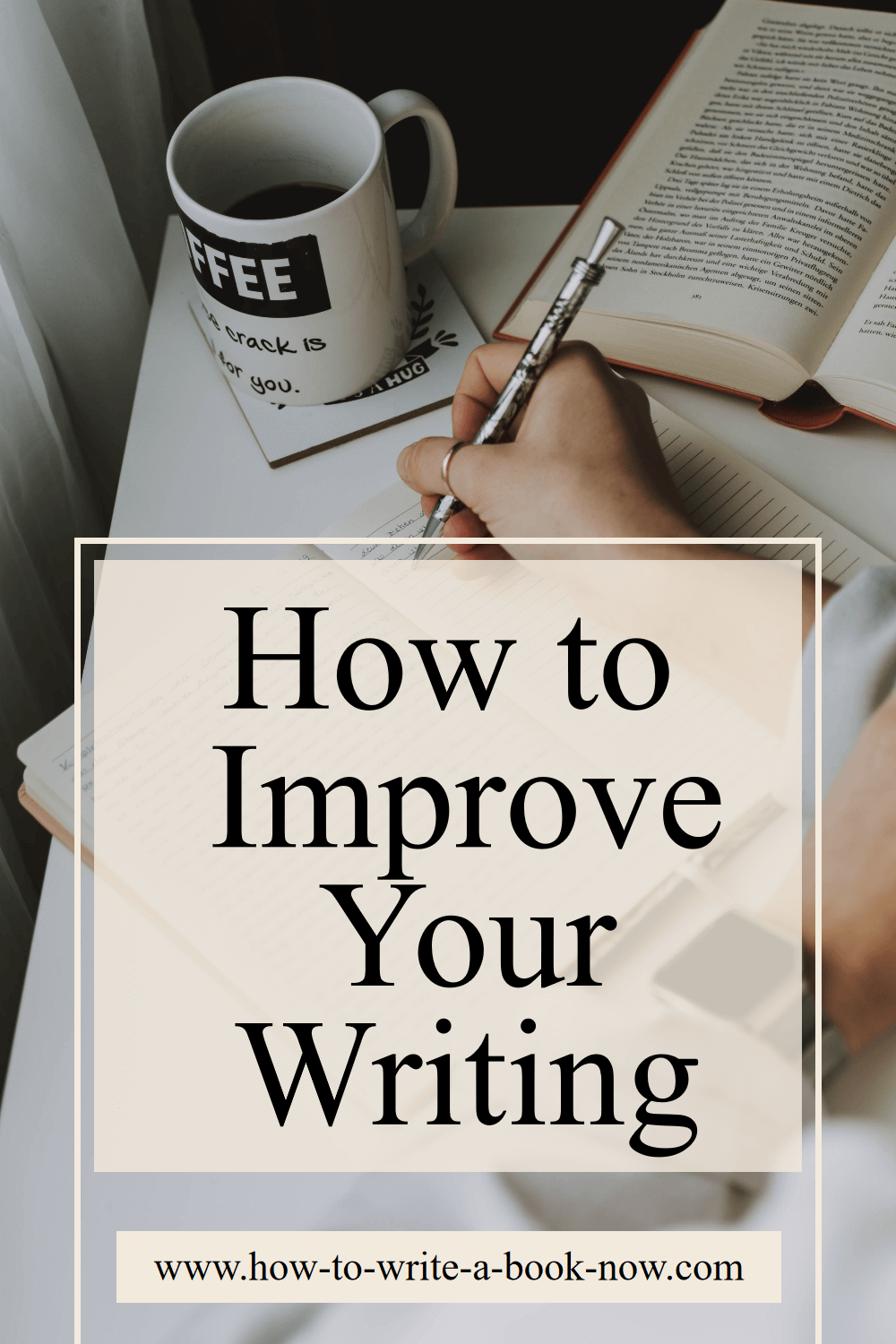How to Write with Style: Techniques to Improve Your Writing
By Glen C. Strathy
Knowing how to write with style is arguably the most important skill you could have as a writer, with a mastery of story structure being next in line. For many readers, the quality of a writer's prose is the key to keeping them engaged with the story.
A substandard prose style can turn a reader off very quickly, whereas readers can often overlook a weaker plot if the book is written in an intriguing style. This is most notably true in literary fiction, but applies to all genres as well. Obviously, the best books have both great structure and excellent prose.
Traditionally, it was felt that style was the most difficult aspect of writing to teach beginning writers. Nonetheless, it is not impossible. There are three main ways to learn how to write with style:
1. Read great books.
Writers were encouraged to read extensively. You can develop a sense of great style by spending time with the masters. As you read great books, pay attention to how they are written. Notice how other writers convey characters, describe settings or action, and write effective dialogue. This will help you develop a critical eye to your own writing and improve your writing instincts.
You can learn how to write with style even faster if you read books aloud. This prevents you from skipping words and forces you to pay attention to sentence structure.
You can learn faster still if you actually spend some time copying out chapters of great books, word for word. (It's a boring exercise, but it works.)
2. Write a lot.
Many writing teachers feel the best thing to do for students is get them to spend a lot of time writing. Practice leads to improvement. You can learn how to write with style by writing so much that you get bored with bad sentence construction and start writing sentences you enjoy.
3. Learn the principles of good style and spend a lot of time self-editing your writing.
The articles below will introduce you to some of the most common techniques of how to write with style as recommended by numerous writing instructors and authors.
Keep in mind that these techniques should not be regarded as iron-clad rules. There are always times when they can and should be set aside. However, if you practice them, you
will likely find they can improve your writing, as they have for
countless others.
Articles on How to Write with Style...
How to Improve Your Writing
This article goes into more detail on two highly effective methods for learning how to write with style. Following these methods is an investment very aspiring writer should make.
Narrative Mode (1st person, 3rd person, etc.)
Choosing a narrative mode for your story determines the reader's perspective and the relationship between your reader, main character, and narrative voice. While beginning writers often copy the narrative mode of their favourite books, the best approach is to find the mode that's right for your story. Here are some of the many options available...
Writing Stories in Second Person
Writing in second person can be a challenge, and something few writers choose to do. Nonetheless, if it is the best choice for your story, there's no reason to shy away from it. Here are 6 situations where you may find it's worthwhile.
The Basics of Writing Dialogue
Tips on how to write effective dialogue, including how to use dialogue tags and action beats.
The Secret to Descriptive Writing: Specificity
One of the most powerful secrets to descriptive writing, and in fact all writing, is to use greater specificity. This means providing specific details and using more specific words. This exercise in specificity can even generate new story ideas...
Showing Not Telling
Every writing teacher is obliged to remind students to practice
"showing not telling." Here's how this technique can improve your prose, the best situations to use showing... and a even few where telling has the advantage..
The Passive Voice vs. The Active Voice
Writing in the active voice is usually more effective at engaging the reader. However, sometimes the passive voice can be useful too. Learn the difference and how to improve your writing style by using the active voice more often. Also, discover some other tips for choosing better verbs.
- Home
- Writing Style
